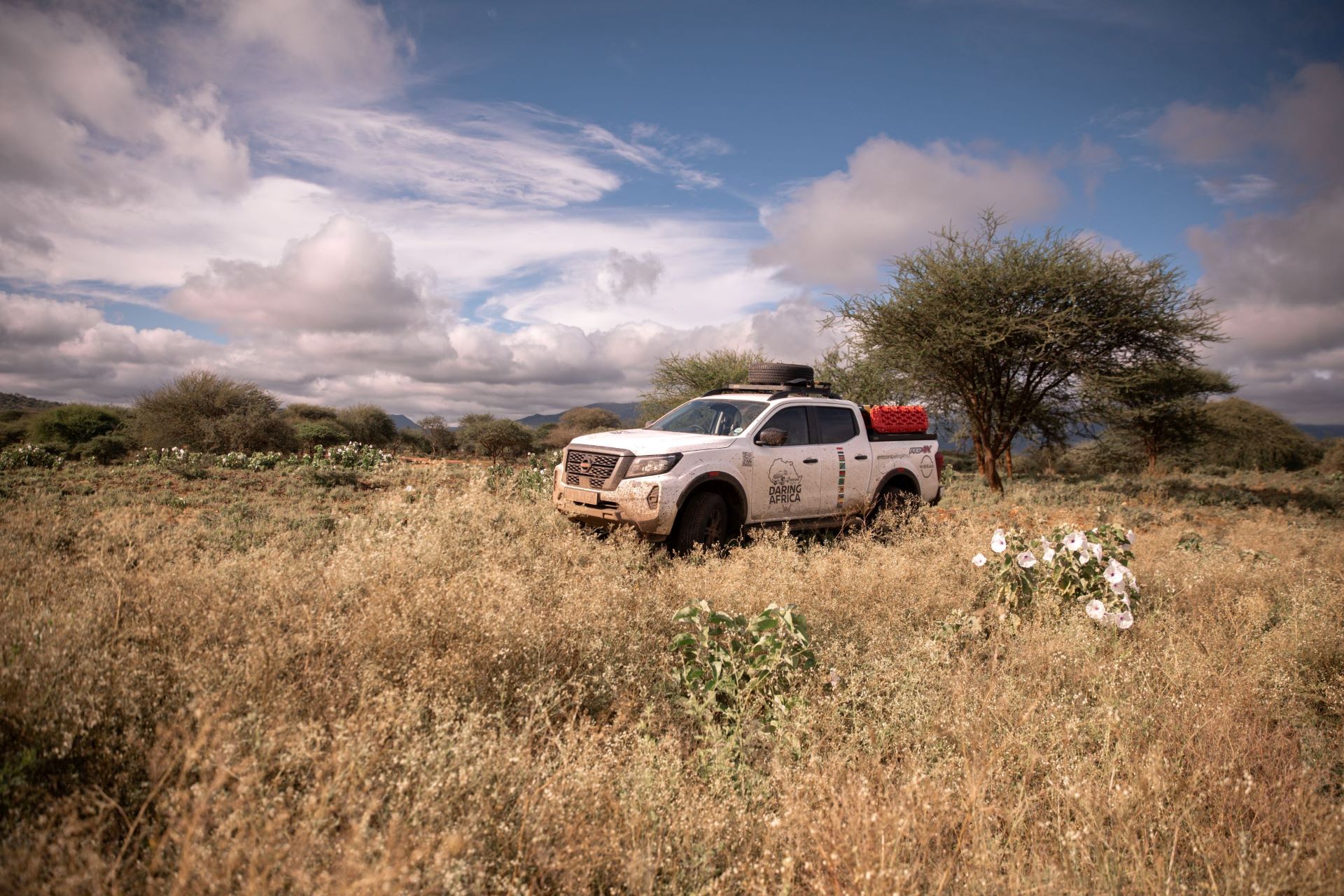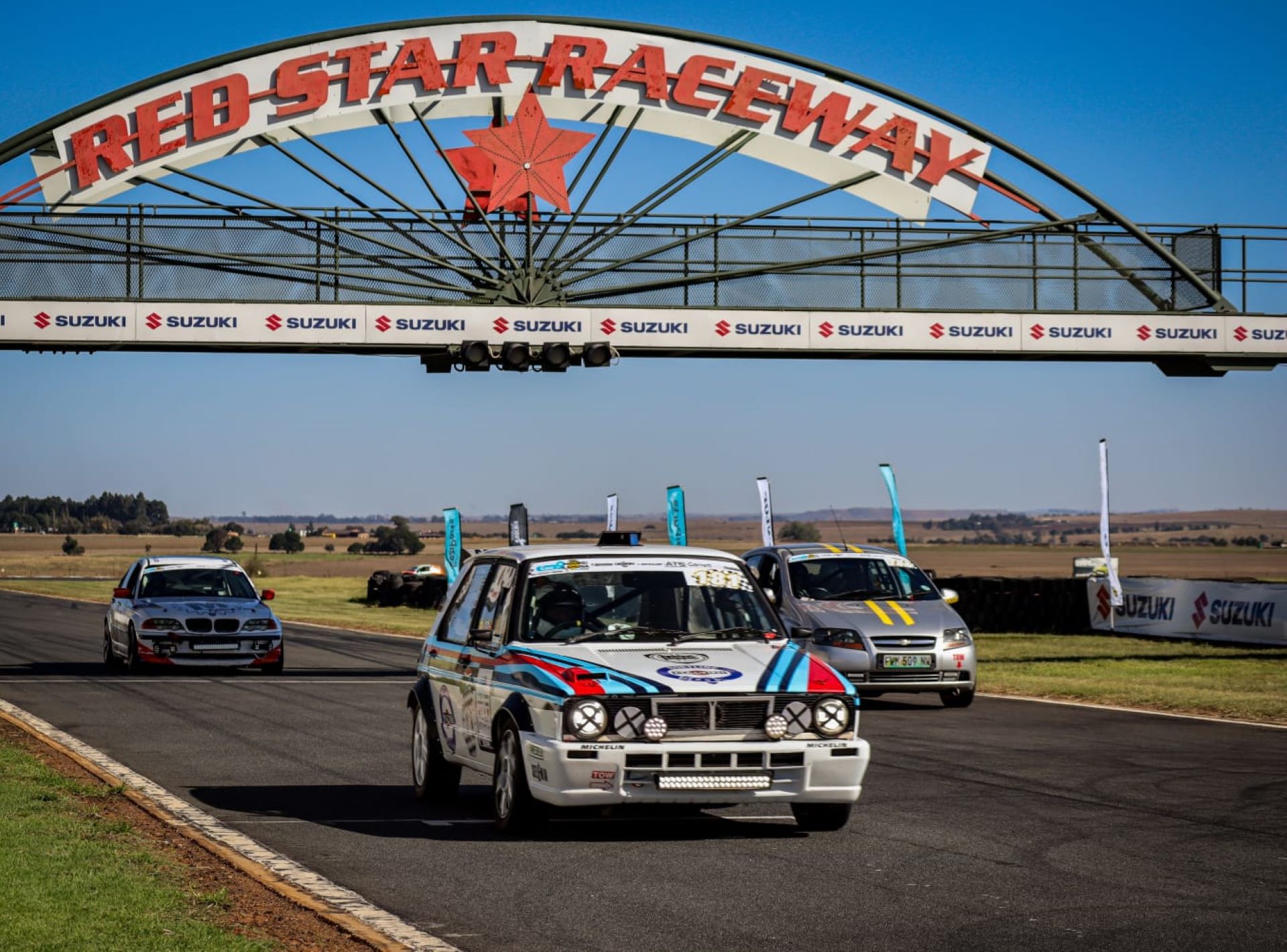In addition to external and internal styling changes the new Chevrolet Captiva also features significant improvements to its drive train. Engine choice is now between a 2.4 litre in-line four-cylinder petrol engine or a 3.0 litre V6 direct injection petrol engine. Both are latest generation engines from Chevrolet.
The 2.4 litre engine is fitted to the LT specification models where it is mated to a 6-speed manual transmission in the all-wheel drive version and to either a 6-speed manual or 6-speed automatic transmission in the 2.4 LT FWD. The Captiva 3.0 LTZ is fitted with a 6-speed automatic transmission.
The 2.4 litre in-line four is from the GM range of ECOTEC engines. This dual overhead camshaft engine introduces variable valve timing (VVT) to the Captiva LT for the first time and assists in providing an ideal mix of performance and economy. Maximum power is 123 kW @ 5600 r/min with maximum torque of 230 Nm @ 4600 r/min. Acceleration from 0 to 100km/h is accomplished in 10,5 seconds (FWD model). Top speed is 190 km/h and the combined cycle fuel consumption measured by Chevrolet engineers is just 8,8 l/100km (manual transmission).
The introduction of the all-new 3.0 litre V6 engine sees the implementation of advanced direct fuel injection technology to the Captiva for the first time. This system works together with the variable valve timing of this dual camshaft engine to optimise performance and efficiency. Maximum power for this engine is 190 kW @ 6900 r/min with peak torque of 288 Nm available at 5800 r/min. Acceleration from 0-100km/h takes 8,6 seconds and a top speed of 198 km/h. Combined cycle fuel consumption is 10,6 l/100km.
Together with these latest generation engines comes an all-new 6-speed automatic transmission, standard on the Captiva 3.0 LTZ and optional on the 2.4 LT FWD. This transmission can be left to its own devices to select the right ratio on a leisurely drive or, when the driver wants to exercise more control over gear shifts, Driver Shift Control (DSC) which allows for manual gear selection, can be engaged.
The new auto transmission has been designed to provide a wide spread of ratios to optimise the balance between performance and fuel economy. This allows for a low ratio first gear to assist in accelerating from rest effortlessly, four intermediate ratios, and a long top gear ratio for economy with a high road speed matched to low engine speed. A six speed manual transmission is available on the Captiva 2.4 LT FWD and AWD models.
On All-Wheel-Drive (AWD) models power is transmitted via the practical and fuel efficient active on-demand four-wheel drive system of the Captiva. This system utilises front-wheel drive only in normal driving conditions and switches to four-wheel drive – activated by an electronic clutch – when more overall traction is required.
When the system senses more than 14% loss of traction at the front wheels it will start to split power transmission between the front and the back wheels. This split is automatically regulated up to a 50:50 ratio front to back. In addition to wheel spin, the system also senses engine speed, vehicle speed, yaw angle and steering angle in its computation of the ideal drive split. The all-wheel drive system is fully integrated with the ABS and ESC systems for optimum control.
The power steering is electronically controlled and speed sensitive for better driving feel and reduced steering effort. Hill Start Assist (HSA) is introduced for the first time on the Captiva together with an electronic park brake system. The HSA holds the vehicle for 1,5 seconds when the foot brake is released on gradients of 3% or more to assist with a smooth and stress free pull-off on steep grades.
About General Motors – General Motors Company (NYSE: GM, TSX: GMM), one of the world’s largest automakers, traces its roots back to 1908. With its global headquarters in Detroit, GM employs 209,000 people in every major region of the world and does business in more than 120 countries. GM and its strategic partners produce cars and trucks in 31 countries, and sell and service these vehicles through the following brands: Buick, Cadillac, Chevrolet, GMC, Daewoo, Holden, Isuzu, Jiefang, Opel, Vauxhall, and Wuling. GM’s largest national market is China, followed by the United States, Brazil, the United Kingdom, Germany, Canada, and Russia.
GM’s OnStar subsidiary is the industry leader in vehicle safety, security and information services. General Motors acquired operations from General Motors Corporation on July 10, 2009, and references to prior periods in this and other press materials refer to operations of the old General Motors Corporation.


